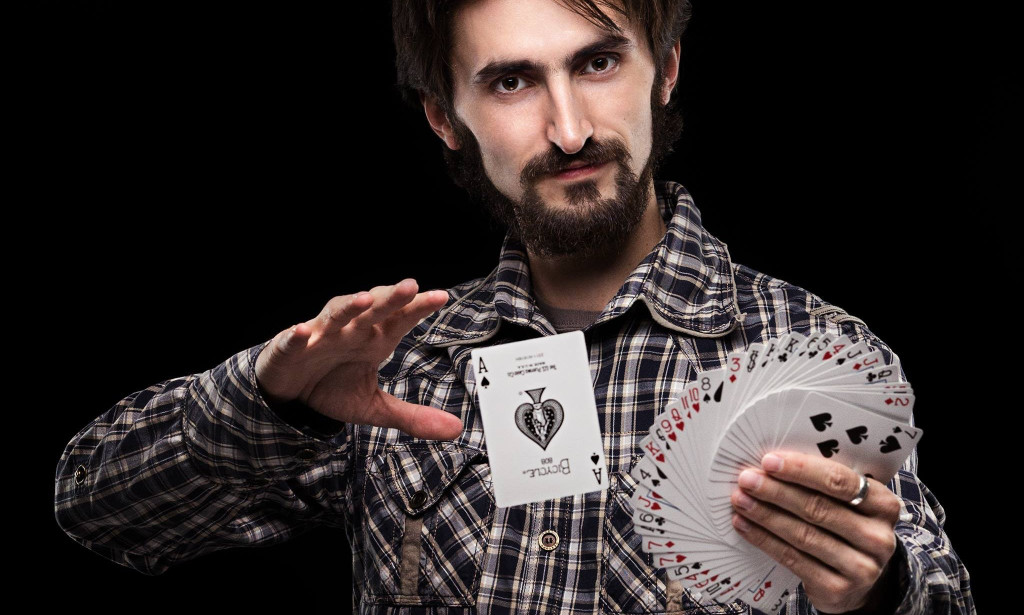Since ancient times, people have been captivated by the mystery and wonder of magic tricks. From the legendary feats of the ancient Egyptian magicians to the modern-day illusions of David Copperfield, the art of magic has always held a special place in the human imagination.
But where did magic tricks first originate? And how have they evolved over the years? Let's take a closer look at the fascinating history of magic tricks.
The earliest known record of magic tricks can be traced back to ancient Egypt, where magicians were believed to possess special powers and were often called upon to perform at important events. These magicians used a variety of techniques to create the illusions, including sleight of hand, misdirection, and the use of props and costumes.
As time went on, magic tricks began to spread throughout the world, with different cultures developing their own unique styles and techniques. In the Middle Ages, magicians in Europe became popular entertainers at courts and festivals, performing a wide range of tricks that included disappearing objects, levitation, and predicting the future.
In the 19th century, magic began to take on a more scientific approach with the rise of stage magic, which used elaborate sets and props to create illusions. This was also the time when some of the most famous magicians in history, such as Harry Houdini, began to perform.
Today, magic tricks are a popular form of entertainment, with magicians performing at various events and venues around the world. From classic card tricks to complex illusions, magic continues to captivate and astound audiences of all ages.
But despite the centuries of evolution, the basic principles of magic remain the same: using misdirection and clever techniques to create the illusion of the impossible. Whether it's a simple card trick or a grand stage illusion, magic tricks will continue to mesmerize and delight us for years to come.

You must be logged in to post a comment.